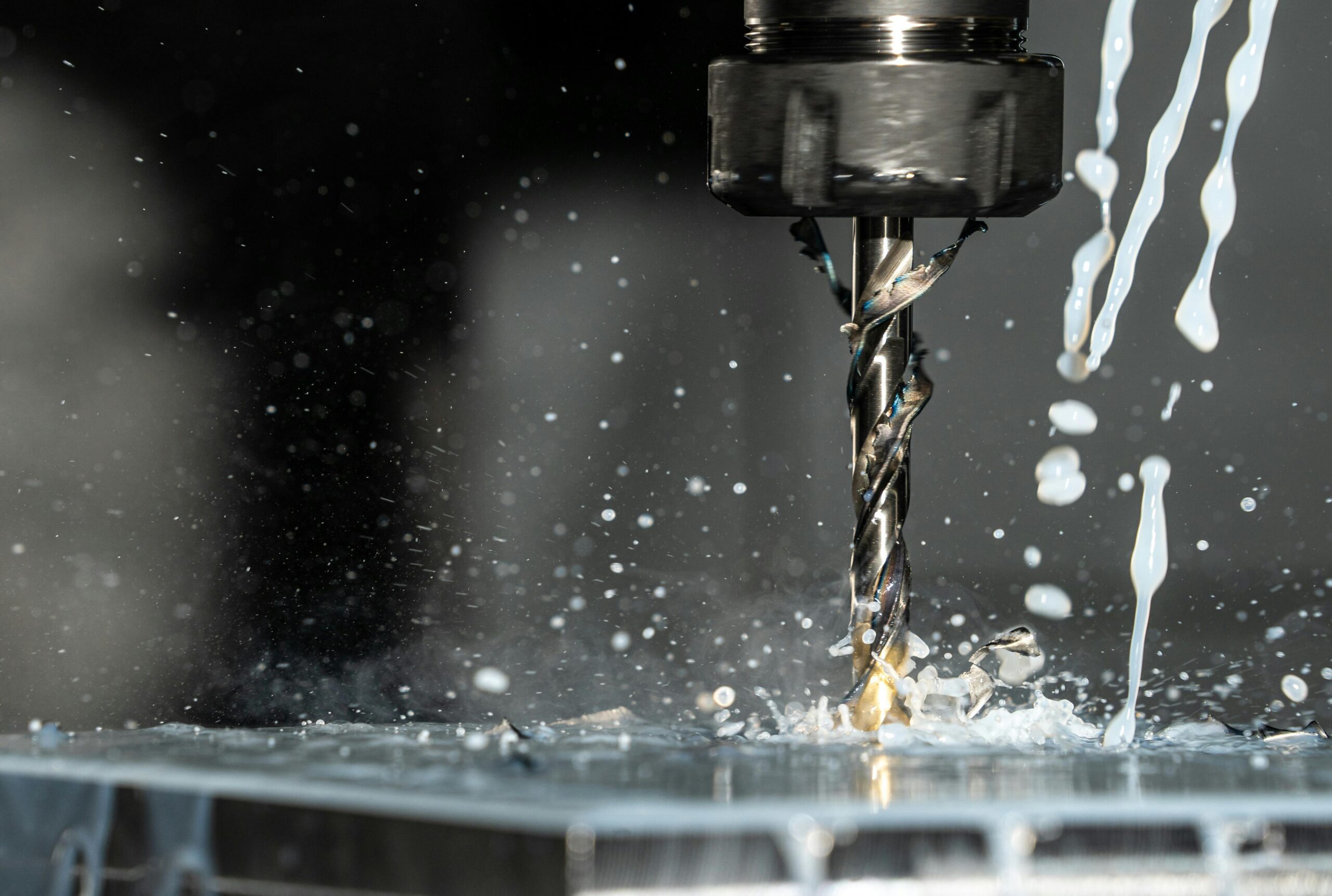The intense global competition between firms in the past few years has driven home the importance of supply chain efficiency. Whether you’re planning an offshore strategy or producing closer to home, you need to focus on optimizing your supply chain. CNC machines can play a key role in this optimization; find out how with this guide.
The case for used machines in a competitive landscape
An efficient supply chain is a must-have for any business prioritizing short lead times, lower costs, and better customer satisfaction. Achieving that efficiency is another matter entirely. The price of advanced machinery has been steadily climbing, driven by inflation, rising raw material costs, and increased demand.
This financial burden can be particularly daunting for smaller enterprises or those with limited capital. Other factors also play a key role here:
- Chip shortages can slow down the production of electronic components in CNC machines at a moment’s notice.
- Geopolitical instability can limit access to affordable machinery.
- Increased demand and inflationary pressures have driven up prices for new CNC machinery.
A used CNC machine can be a viable alternative here. Buying used gives you access to high-quality machinery at a fraction of the price, freeing up capital for other valuable strategic investments. Additionally, these machines are readily available, enabling businesses to deploy them quickly and minimize production delays.
If you choose well, you won’t be compromising on efficiency, either. Many used CNC machines offer the same advanced features and capabilities as newer models, ensuring high-quality output and efficient operations.
Choose the right machines
Choosing the right pre-owned equipment requires a thorough assessment of various factors to guarantee that the machine is the right fit for your production needs. Keep these pointers in mind when assessing machinery at a used equipment current auction.
- Condition: You’ll want to conduct a thorough inspection of the used CNC machine, ideally with the help of a qualified technician. The goal here is to accurately evaluate the machine’s structural integrity and the wear and tear on critical components. This inspection should thoroughly examine both the exterior (frames, panels) and interior components like the bearings and electronics (if any).
You can request detailed maintenance records and documentation to help with the examination. These documents can provide a more accurate look at the CNC machine’s remaining lifespan. - Functionality: Beyond its physical condition, a used CNC machine’s technology and functionality must align with your specific production requirements. Compatibility with your existing systems is crucial. Ensure the machine’s control system, software, and tooling are compatible with your current production environment, CAD software, and other technologies.
- Seller reputation: Choosing a reputable and trustworthy seller is essential when purchasing used CNC equipment. Opt for established dealers or auction platforms specializing in used machinery with a proven track record of providing quality machines and reliable service.
Supply chain integration strategies
Planning and needs assessment
A used CNC machine will only help your supply chain if there’s a genuine gap to be filled. Conduct a comprehensive assessment of your production needs and goals before purchasing a machine. You’ll want to define your current and future production requirements and evaluate the compatibility of the used machine with your existing infrastructure. Consider:
- Whether your current operators possess the necessary skills to operate the CNC machinery.
- Whether your facility has the right amount of free space
- The potential power requirements of the machine at full load
- The modifications required by the used CNC machine, if any
Skill development
CNC machines can deliver superior performance when integrated with cutting-edge software. Investing in training and skill development for your operators is almost always worth it. A comprehensive training module tailored for your specific CNC machine will ensure that your operators are familiar with the necessary safety protocols and optimal operational procedures.
Inventory management
A used CNC machine can play a huge role in saving costs through inventory reduction. Adopt a more lean production methodology to take full advantage of your CNC machine’s capabilities. Since you can supply components on demand, you might not need to maintain large and costly stockpiles. The final goal here is to reduce waste and supercharge efficiency.
Retrofitting
Retrofitting is often necessary for used CNC machines. Focus on upgrades that address specific needs or limitations of the used machine. For example, upgrading the control system can improve functionality and compatibility, while replacing worn ball screws can enhance accuracy.
Condition-based monitoring
Utilize sensors and data acquisition systems to monitor the machine’s condition in real-time, such as vibration levels, temperature, and power consumption. This allows for proactive maintenance and early detection of potential issues. Take note of commonly used spare parts and keep a modest stockpile to minimize downtime in case of a failure.
As always, prevention is better than a cure. Create detailed checklists for routine preventive maintenance tasks, such as lubrication, cleaning, and inspection of critical components, to ensure consistent and thorough maintenance.
Optimize your supply chain with used CNC machines
Well-maintained CNC machinery is invaluable for any business looking to scale up its efficiency while effectively managing its capital. Before committing to a purchase, remember to perform a thorough assessment of your production requirements. Rely on reputed sellers and invest in a tailored training program for a smoother supply chain optimization experience.





Leave a Reply